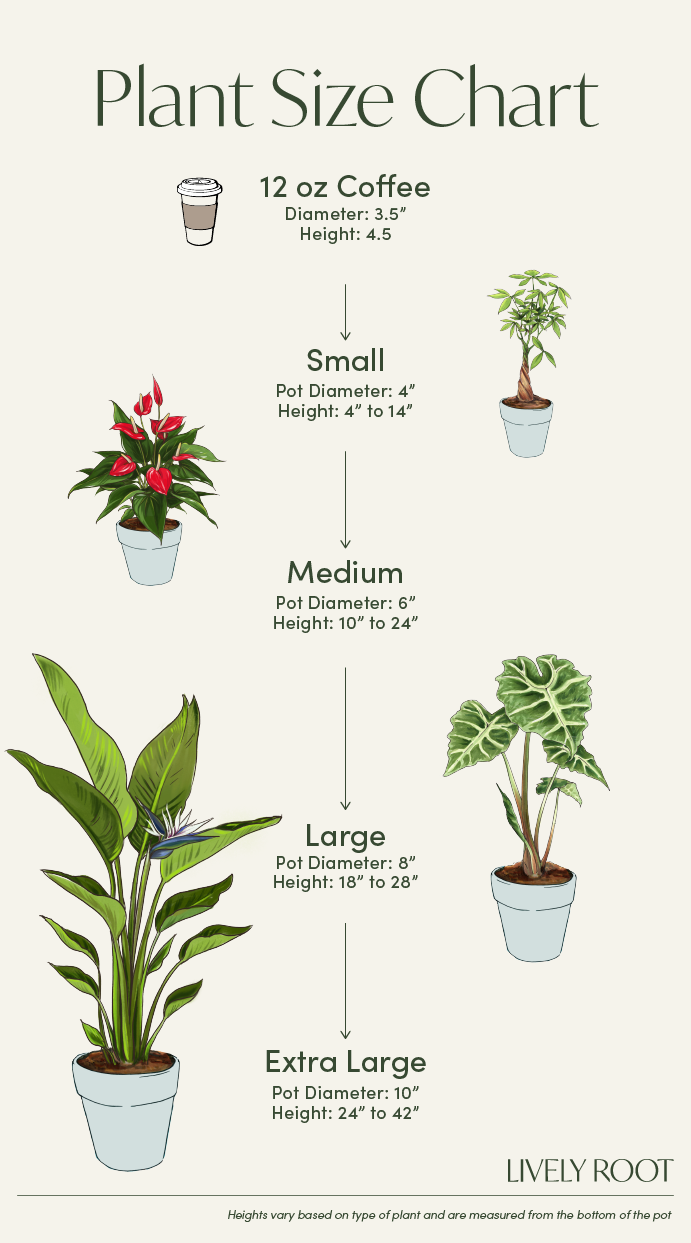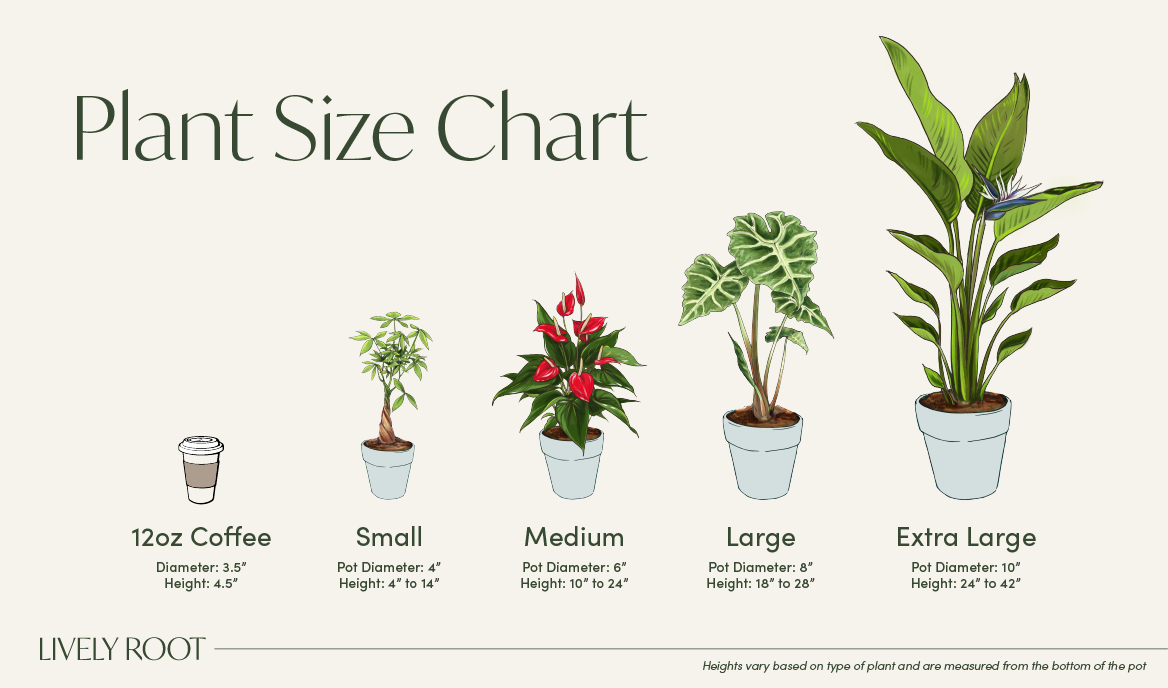

Turn any space into a paradise!
Get surprise plant friends delivered to you and immediately create your new favorite green space. Get ready for your own personal urban jungle with just one click.
*Plants ship in grower pots
Numbers of Plants Included In Each Jungle
-
Tiny Jungle - 2 Small & 2 Medium
-
Urban Jungle - 2 Small & 2 Medium & 2 Extra Large
-
The Amazon - 4 Small & 4 Medium & 2 Extra Large - MOST POPULAR!
-
I'm In The Jungle Book - 4 Small & 4 Medium & 4 Extra Large - BEST BANG FOR YOUR BUCK!
Looking for a Pet-friendly Jungle? Click here!
Your Indoor Jungle Delivered Care Guide

You might also like...




















